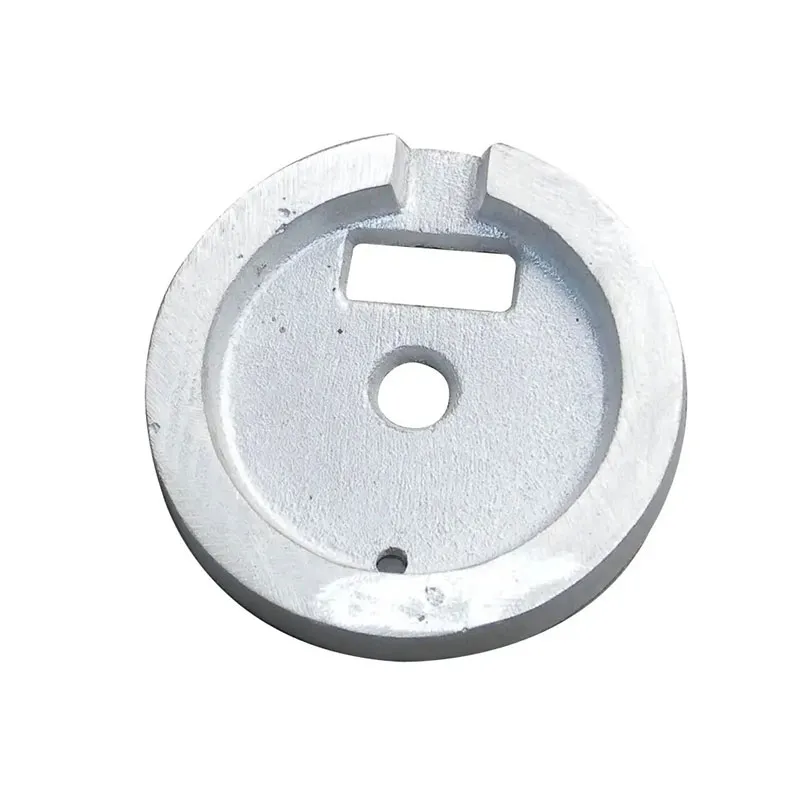small parts stamping
Small Parts Stamping Revolutionizing Manufacturing Efficiency
In the modern manufacturing landscape, efficiency, precision, and adaptability are critical factors that determine a company’s success. Among the various techniques employed, small parts stamping has emerged as a game-changer, enhancing production capabilities across multiple industries. This article explores the intricacies of small parts stamping, its advantages, applications, and the role it plays in contemporary manufacturing.
Understanding Small Parts Stamping
Small parts stamping is a manufacturing process that involves the creation of metal components through the application of force to shape and cut sheets of metal. This technique commonly utilizes a stamping press equipped with a die set designed to produce parts with minimal waste. The parts produced are usually small, intricate components used in various applications, from automotive manufacturing to electronics.
The Process of Small Parts Stamping
The stamping process starts with the selection of appropriate materials, typically thin sheets of metal such as steel, aluminum, or brass. The metal sheets are fed into a stamping press, where they are subjected to extreme pressure. The die, tailored to the specific shape and size required, determines the final output. The combination of speed and precision allows manufacturers to produce thousands of parts in a short span, dramatically reducing production times compared to traditional machining methods.
Advantages of Small Parts Stamping
1. High Precision One of the most significant benefits of small parts stamping is its ability to produce components with high accuracy. The precision of the dies ensures that the finished parts consistently meet specifications, which is crucial for industries where tolerances are tight.
2. Cost-Effectiveness Once the die is made, the cost per part significantly decreases with higher production volumes. This scalability makes stamping an economically viable option, particularly for large orders of small components.
small parts stamping

3. Minimal Waste The stamping process generates minimal scrap material compared to other manufacturing methods. This efficient use of resources not only reduces costs but also contributes to sustainable manufacturing practices by minimizing waste.
4. Versatility Small parts stamping can be adapted to create a wide variety of shapes and designs. This versatility allows manufacturers to produce parts for multiple industries, including automotive, aerospace, electronics, and medical devices.
5. Rapid Production Stamping machines operate at high speeds, enabling manufacturers to meet tight production deadlines without compromising quality. This rapid output is particularly beneficial in industries requiring quick turnaround times.
Applications of Small Parts Stamping
The applications of small parts stamping are vast and varied. In the automotive industry, for instance, stamped components are used in the production of everything from brackets and clips to more complex parts like electronic housings. In electronics, small stamped parts serve as connectors, contacts, and other integral components necessary for device functionality. The medical field also benefits from stamping processes, utilizing small parts for devices, instruments, and patient care equipment.
As technology continues to advance, the demand for smaller, more intricate components increases, positioning small parts stamping as an indispensable process in manufacturing. Automated systems and robotics further enhance stamping operations, improving precision and efficiency while reducing labor costs.
Conclusion
Small parts stamping represents a critical element in the modern manufacturing process, offering a confluence of speed, accuracy, and cost effectiveness. As industries evolve and the need for intricate, high-quality components continues to grow, small parts stamping will undoubtedly play a vital role in shaping the future of manufacturing. Emphasizing sustainability, innovation, and efficiency, this technique not only enhances productivity but also supports the transition toward more responsible manufacturing practices.
-
OEM Sand Cast Pump Valve Fittings - Baoding Hairun | Precision Engineering, CustomizableNewsJul.30,2025
-
OEM Sand Cast Pump Valve Fittings - Baoding Hairun Machinery And Equipment Trading Co., Ltd.NewsJul.30,2025
-
OEM Sand Cast Pump Valve Fittings - Baoding Hairun Machinery And Equipment Trading Co., Ltd.NewsJul.30,2025
-
OEM Sand Cast Pump Valve Fittings - Baoding Hairun Machinery|Precision Engineering&Fluid ControlNewsJul.30,2025
-
OEM Sand Cast Pump Valve Fittings - Baoding Hairun Machinery And Equipment Trading Co., Ltd.NewsJul.30,2025
-
OEM Sand Cast Pump Valve Fittings-Baoding Hairun Machinery And Equipment Trading Co., Ltd.NewsJul.30,2025















